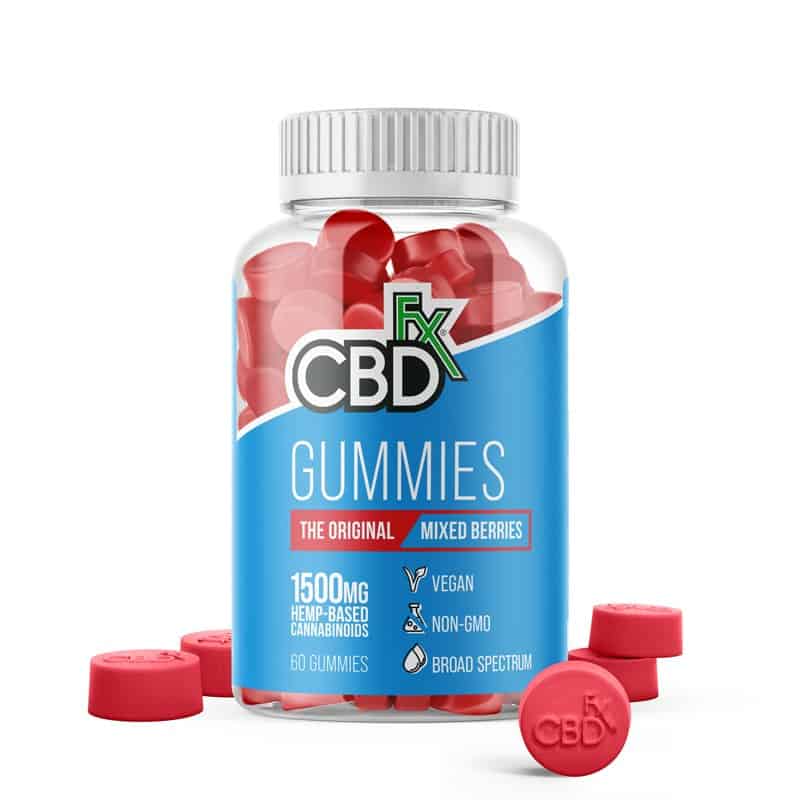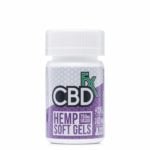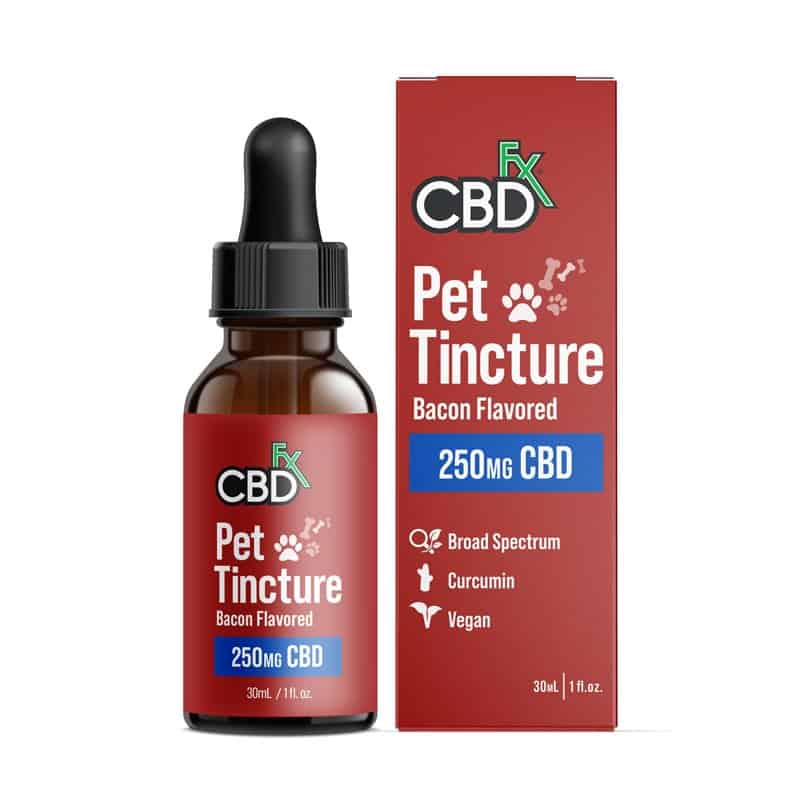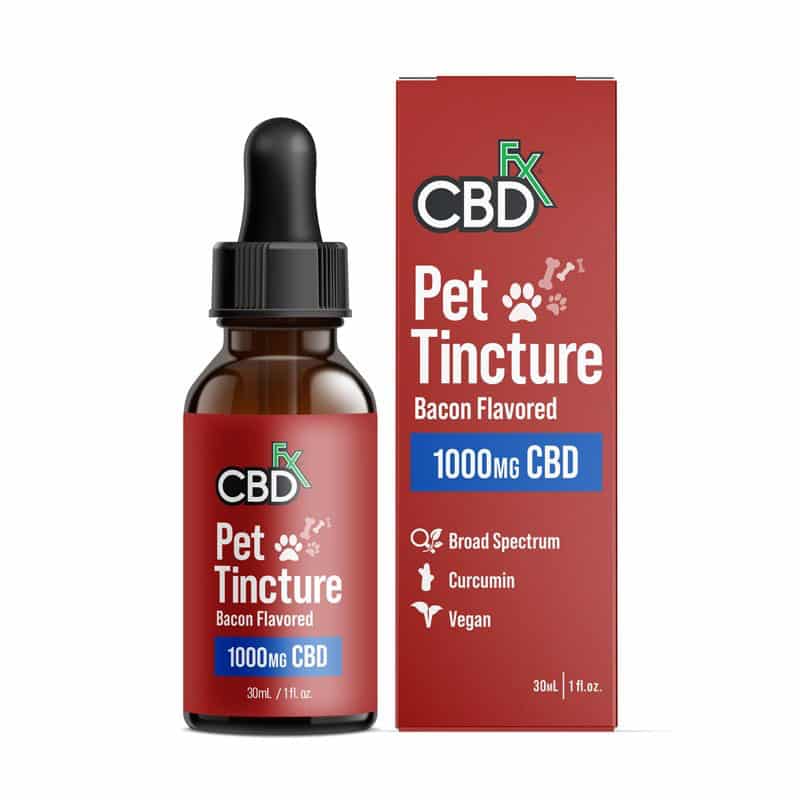
What Does Weed Look Like: A Comprehensive Guide
What does weed look like? This question is of great significance to both consumers and law enforcement, as it is crucial to differentiate legal marijuana use from illicit substances. This comprehensive guide aims to help readers recognize and identify marijuana through its various forms and strains, ensuring legal compliance and safety. By understanding the appearance of marijuana, individuals can make informed decisions about its consumption, while law enforcement can enforce regulations effectively.
This post is intended as information and for general knowledge only. It is not a substitute for medical advice, diagnosis, or treatment. It is recommended that you talk to a healthcare professional about this before introducing cannabinoids into your daily routine (especially if you have been diagnosed with any medical conditions or are under any medication). It is not recommended to drive or operate any machinery when using cannabis- or hemp-derived products. Use responsibly!
Identifying Marijuana by its Plant Characteristics
Marijuana, scientifically known as cannabis, is a genus of flowering plants that includes Cannabis indica and Cannabis sativa, among others. These two main species are commonly used for recreational and medicinal purposes. The cannabis plant is characterized by its distinct leaves, buds, and trichomes.
Cannabis leaves are easily identifiable by their serrated edges and varying numbers of leaflets per leaf. The color of leaves may differ depending on the strain, with shades ranging from light green to deep purple. The buds, which are the flowering part of the plant, come in various sizes and shapes, and they are covered in tiny resinous crystals called trichomes.
Trichomes play a crucial role in marijuana identification, as they contain cannabinoids and terpenes responsible for the plant’s effects and aroma. These compounds are responsible for the psychoactive and therapeutic properties of marijuana.
The stems of the marijuana plant are sturdy and often green or brown in color, providing structural support to the plant.
Different Types of Marijuana Strains
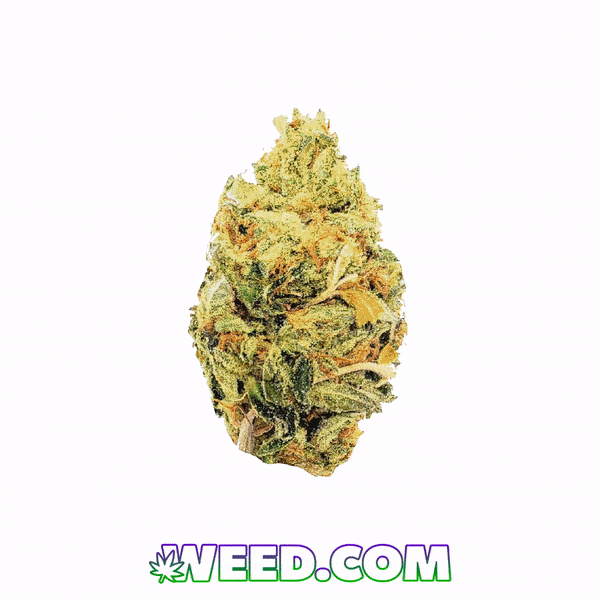
Marijuana strains refer to distinct variations of the cannabis plant, each possessing unique characteristics and effects. The three main types of strains are Indica, Sativa, and Hybrid.
Indica strains are known for their relaxing and calming effects on the body and mind. They typically have shorter and bushier plants, broad leaves, and dense buds.
Sativa strains, on the other hand, offer energizing and uplifting effects, making them suitable for daytime use. Sativa plants are usually taller and thinner with long, narrow leaves and airy buds.
Hybrid strains result from crossbreeding Indica and Sativa plants, leading to a combination of effects and physical characteristics. The potency and characteristics of hybrid strains can vary widely, depending on the parent plants.
Recognizing Marijuana Products
Marijuana products come in various forms, each with distinct appearances. These products include dried flower, concentrates, edibles, tinctures and oils, and pre-rolls.
Dried flower, commonly known as buds, is the most recognizable form of marijuana. The appearance of dried marijuana flowers can vary based on the strain, with colors ranging from light green to purple. The density and aroma also differ from strain to strain.
Concentrates, such as shatter, wax, and oil, are highly potent extracts of cannabis. They often have a sticky or crystalline texture and can be used in various consumption methods.
Edibles are food products infused with marijuana. These can include gummies, chocolates, and baked goods, among others. The packaging for edibles typically indicates the presence of marijuana and includes dosing information.
Tinctures and oils are liquid extracts that can be consumed sublingually or used as an ingredient in edibles. They come in small bottles with droppers for easy dosing.
Pre-rolls are pre-rolled joints available in various strains. The packaging for pre-rolls usually indicates the strain and THC/CBD content.
Common Street Names for Marijuana
In addition to its scientific names, marijuana is commonly known by various street names and slang terms. Understanding these terms is essential for recognizing references to marijuana in conversations or online discussions. Some common street names include “weed,” “pot,” “ganja,” “dope,” “Mary Jane,” and “grass.”
Recognizing Legal Marijuana Packaging
Legal marijuana products must adhere to strict packaging regulations to ensure consumer safety and regulatory compliance. Common features found on legal marijuana packaging include labels, safety seals, and child-resistant packaging.
Labels on marijuana products typically display important information such as THC/CBD content, strain name, batch number, and manufacturer details.
Safety seals are used to prevent tampering and ensure the integrity of the product.
Child-resistant packaging is designed to keep marijuana products out of the hands of minors and reduce the risk of accidental ingestion.
Identifying Illegal or Synthetic Marijuana
Illegal marijuana or synthetic cannabinoids pose significant health risks, and it is essential to differentiate them from legal products. Synthetic marijuana, often sold as “Spice” or “K2,” is a dangerous substance made of human-made chemicals that mimic the effects of marijuana.
Warning signs of illegal or synthetic marijuana include abnormal packaging, extreme potency, and unfamiliar product names.
Consumers should verify the legality and authenticity of marijuana products through legitimate dispensaries and licensed suppliers to ensure their safety.
Conclusion
Understanding what marijuana looks like is of paramount importance for responsible marijuana use and legal compliance. Through this comprehensive guide, readers have gained insights into the physical characteristics of marijuana plants, various strains, and different marijuana products. By recognizing legal packaging and being aware of the dangers of illegal or synthetic marijuana, individuals can safely and responsibly engage with marijuana products. Remember, always prioritize informed and mindful consumption of marijuana, adhering to local laws and regulations.
Also Interesting:
THC Distillate: A Comprehensive Guide
Weed Tattoo: A Celebration of Cannabis Culture through Body Art








